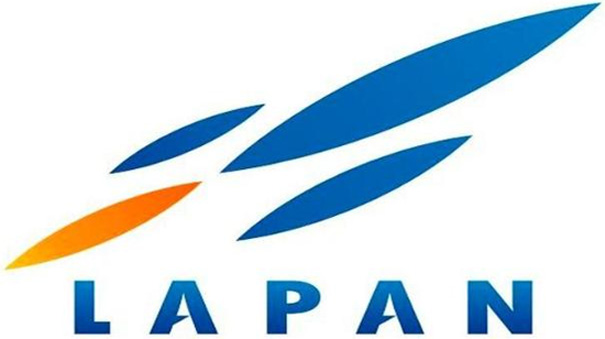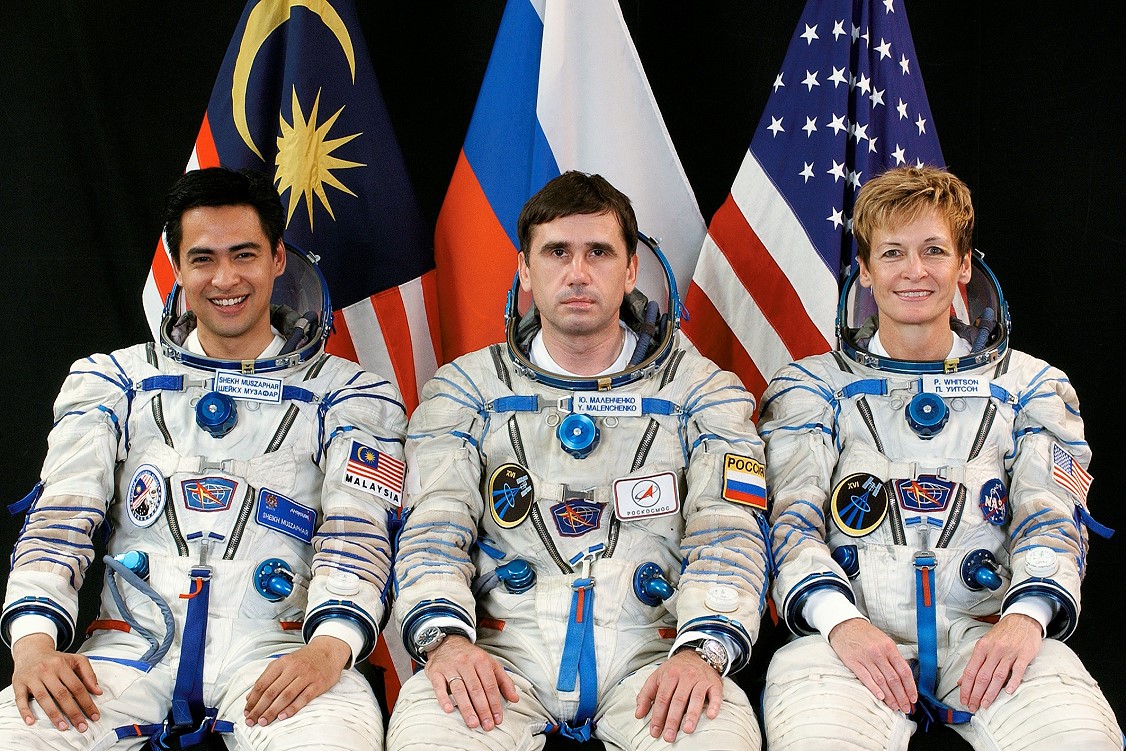This region’s space agencies are seldom been talked about but knowing some quick facts about this space agencies is somehow important for us to know.
Several nations in the region have their own space agencies with active space programs that are competing to achieve scientific and technological advancements in space.
Seasia, herewith compiled the quick facts or the-you-must-know information about the agencies for your reference and further interests about the space initiative done by the governments in the region:
LEMBAGA ANTARIKSA DAN PENERBANGAN NASIONAL - LAPAN
(National Institute of Aeronautics and Space)

National Institute of Aeronautics and Space is the Indonesian government space agency.
It was established on November 27, 1963 by former Indonesian president Sukarno after one year's existence of an informal space agency organization.
LAPAN is responsible for long-term civilian and military aerospace research. For over two decades, it has managed satellites domain-developed small scientific-technology satellites Lapan and telecommunication satellites Palapa, which were built by Hughes (now Boeing Satellite Systems) and launched from the US on Delta rockets or from French Guiana using Ariane 4 and Ariane 5 rockets.
Also it developed sounding rockets and now work on small orbital space launchers that allow Indonesia join the space power's club near 2012-2014 by plans.
Indonesia’s space industry in the 80s achieved another milestone when Pratiwi Pijulestari Sudarmono was chosen by NASA to travel into space.

Unfortunately, the trip was cancelled after the notorious Challenger disaster in 1986, crushing her dreams, and the opportunity for Indonesia’s space industry at the time. Although she never went, she did conduct several training missions with her backup engineer, Taufik Akbar.
MALAYSIAN NATIONAL SPACE AGENCY
(Agensi Angkasa Negara- ANGKASA)

The National Space Agency, Malaysia (ANGKASA) is an agency under the Ministry of Science, Technology and Innovation Malaysia.
It is mandated to develop the country’s potential in the space sector to support the development of the new economy, generate knowledge and strengthen the national security infrastructure. It envisions to harness space as a platform for knowledge generation, wealth creation, and societal well-being.
Towards this vision, ANGKASA has actively involved in various projects locally and internationally, namely, in space technology, space applications, and space sciences.
This is the agency responsible for earth observation and remote sensing in Malaysia.
Under ANGKASA’s manned programs, the Angkasawan (Malay word for astronaut) program was initiated by the Malaysian government to send a Malaysian to the International Space Station on board Soyuz TMA-11. It resulted in Sheikh Muszaphar Shukor becoming the first Malaysian in space on 10 October 2007.

The program was officially announced by the former Prime Minister of Malaysia, Mahathir bin Mohamad, as a joint programme with the Russian Federation. It was a project under the government-to-government offset agreement through the purchase of Sukhoi SU-30MKM fighter jets for the Royal Malaysian Air Force.
CENTRE FOR REMOTE IMAGING, SENSING AND PROCESSING (CRISP), SINGAPORE

The Centre for Remote Imaging, Sensing and Processing (CRISP) is a research centre of the National University of Singapore established with funding from the Agency for Science, Technology & Research (A*STAR) of Singapore.
CRISP's mission is to develop an advanced capability in remote sensing to meet the scientific, operational and business requirements of Singapore and the region.
CRISP operates a satellite ground station to acquire data from remote sensing satellites and processes the archived data to standard or value-added products for distribution and research.
SPACE TECHNOLOGY INSTITUTE (VIETNAM - STI)
VIỆN CÔNG NGHỆ VŨ TRỤ VIỆT NAM

The Vietnam Space Technology Institute (STI) is a leading national research institute on space science and technology under the Vietnam Academy of Science and Technology. It was established on 20 November 2006 by the Vietnamese government.
The main functions of STI are to research the basic issues on space science and technology, research and develop Earth observation small satellites, plan and carry out independent science-technology programs on space technology and applications of the remote sensing, GIS and GPS for natural resource, environment and disaster management.
Vietnam’s space story was colourful too when Vietnamese pilot and cosmonaut, Pham Tuan, the first Vietnamese citizen in space On July 23, 1980, Tuan lifted off from the Baikonur Cosmodrome in Kazakhstan aboard Soyuz 37 with Soviet cosmonaut Viktor Gorbatko, on July 23, 1980.
Tuan flew as a research cosmonaut on a mission that lasted nearly eight days, including six days on the Salyut 6 space station, where he conducted scientific experiments.
GEO-INFORMATICS AND SPACE TECHNOLOGY DEVELOPMENT AGENCY - GISTDA
(สำนักงานพัฒนาเทคโนโลยีอวกาศและภูมิสารสนเทศ)

GISTDA (Geo-Informatics and Space Technology Development Agency) is a public and core organization of Thailand. GISTDA was established on November 3, 2000.
GISTDA is responsible for space all technology and geo-information activities. In 1979, TRSC (Thailand Remote Sensing Center) started its work under NRCT (National Research Council of Thailand) division and has been involved in satellite remote sensing ever since.
PHILIPPINE SPACE AGENCY (PSA), PHILIPPINES

Philippine Space Agency (PSA), an agency that address all national issues and activities related to space science and technology applications was created after a bill passed in the country's senate early 2018.
The creation of the PSA and a National Space Development and Utilization Policy (NSDUP), will serve as the country’s primary strategic roadmap for space development and will embody the country’s goal of becoming a space-capable and space-faring nation within the next decade.
Over the last few years, the Department of Science and Technology (DOST) has pushed for the creation of the space agency. In 2016, it marked a major milestone in space technology when it launched Diwata-1 into space.
Source : Various source including all nations' space agencies official website


















